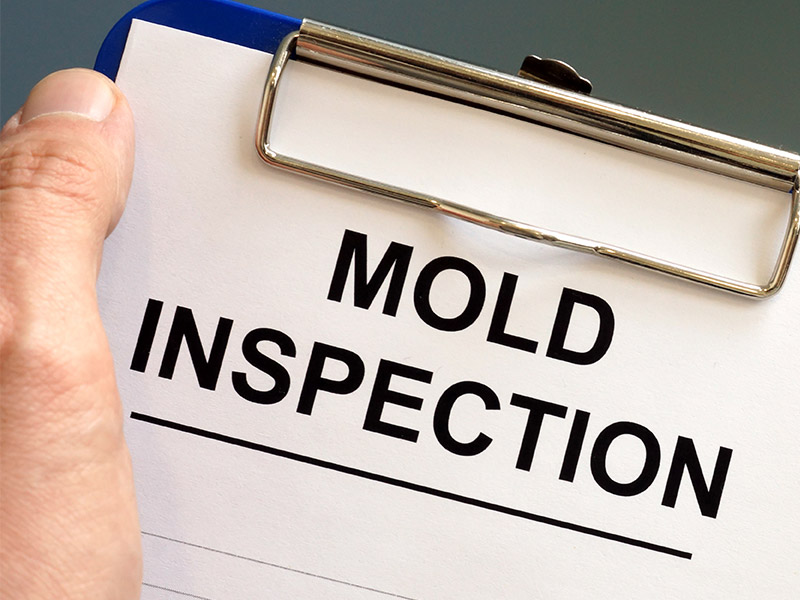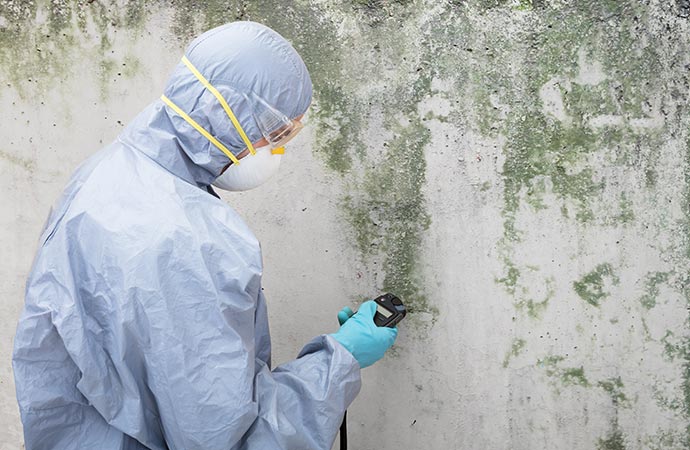Maximize Your Compliance with Trusted Mycotoxin testing Services Solutions
Maximize Your Compliance with Trusted Mycotoxin testing Services Solutions
Blog Article
The Requirement of Mycotoxin Checking in Agricultural Products to Ensure Customer Safety
The requirement of mycotoxin testing in farming products is a crucial element of public wellness and security that requires detailed assessment. Mycotoxins, hazardous substances produced by certain fungis, can penetrate numerous plants, bring about substantial health threats for consumers, such as carcinogenic effects and body organ damage. Normal mycotoxin screening not only gets rid of and determines contaminated items from the supply chain yet additionally makes certain compliance with safety and security criteria and improves consumer count on. Understanding the techniques and benefits of such screening is important to totally value its value in safeguarding our food supply.
Comprehending Mycotoxins
Mycotoxins, toxic second metabolites produced by specific fungi, offer a considerable risk to farming items and human health. These substances are created by different types of molds, such as Aspergillus, Fusarium, and Penicillium, which can contaminate plants both pre- and post-harvest - Mycotoxin testing Services. One of the most common mycotoxins include aflatoxins, ochratoxin A, fumonisins, zearalenone, and deoxynivalenol (DON)
Mycotoxin contamination can occur under specific environmental conditions, such as high humidity and temperature level, which prefer the growth of mold. Agricultural products like cereals, nuts, seasonings, dried out fruits, and coffee are specifically prone. The existence of mycotoxins in these products can result in substantial economic losses due to reduced crop yields and the requirement for extensive testing and decontamination processes.
Understanding the biochemical nature and formation of mycotoxins is necessary for creating reliable reduction techniques. Research has revealed that mycotoxins show a series of chemical frameworks and residential properties, making detection and removal tough. Advanced logical techniques, consisting of chromatography and mass spectrometry, are utilized to identify and evaluate mycotoxins in farming items, making certain that contamination degrees continue to be within secure limitations developed by regulatory bodies.
Health And Wellness Dangers of Mycotoxins
Offered the significant risks linked with mycotoxins in farming items, recognizing their influence on health is extremely important. Mycotoxins, harmful secondary metabolites produced by fungis, present extreme dangers to both animal and human health and wellness.
Acute mycotoxin poisoning, although less typical, can trigger serious and immediate illness such as liver damages, gastrointestinal disturbances, and hemorrhaging. Ochratoxin A, an additional powerful mycotoxin, is linked to kidney damage and has potential carcinogenic impacts. Meanwhile, fumonisins, mostly influencing maize, are related to esophageal cancer cells and neural tube issues.

Usual Sources of Contamination
Understanding the typical sources of contamination is crucial for properly managing and mitigating the dangers positioned by mycotoxins. Mycotoxins are harmful secondary metabolites created by specific types of fungis, which can pollute farming items at numerous stages of manufacturing, processing, and storage. The primary sources of contamination consist of field problems, post-harvest handling, and storage environments.
Field conditions play a significant duty, with aspects like climate, crop sensitivity, and dirt health affecting fungal growth. Plants such as corn, peanuts, wheat, and tree nuts are especially vulnerable to mycotoxin-producing fungis like Aspergillus, Fusarium, and Penicillium varieties. Insufficient crop rotation and poor bug administration can aggravate the danger of contamination.
Post-harvest handling is one more vital phase where contamination can happen. Mechanical damages throughout harvesting and transport develops access points for fungis, while improper drying techniques can leave wetness levels high enough to support fungal growth.
Storage space environments contribute considerably to contamination risks. Inadequately kept storage space facilities with high humidity and temperature degrees produce optimal conditions for mycotoxin manufacturing. Regular evaluations and proper storage conditions are vital in suppressing this danger.
Mycotoxin Testing Methods
Effective administration of mycotoxin contamination hinges not just on identifying prospective resources but likewise on implementing durable screening methods to detect these dangerous compounds. Mycotoxin testing approaches can be extensively classified right into immunochemical and chromatographic strategies. High-performance fluid chromatography (HPLC) and gas chromatography-mass spectrometry (GC-MS) represent sophisticated chromatographic techniques understood for their high level of sensitivity and accuracy. These methods are skilled at quantifying multiple mycotoxins in intricate matrices, web link making them vital for detailed analysis.
On the various other hand, enzyme-linked immunosorbent assay (ELISA) and lateral circulation assays are famous immunochemical methods. ELISA, particularly, is extensively made use of due to its cost-effectiveness, ease of use, and rapid turn-around time. Lateral flow assays give quick, on-site testing capacities, making them appropriate for field applications where immediate choices are required.
In addition, innovations in molecular biology have presented PCR-based techniques qualified of discovering mycotoxin-producing fungi at genetic levels, supplying an anticipating method to contamination threat. Integrating these diverse approaches improves the reliability and comprehensiveness of mycotoxin detection, guaranteeing that farming products fulfill safety and security requirements and protecting customers from potential wellness threats.
Advantages of Regular Evaluating

Routine mycotoxin testing uses significant benefits that significantly boost farming security and top quality. Among the primary benefits is the protection of consumer health. Mycotoxins, hazardous substances created by certain fungis, can infect food and posture major wellness risks, including cancer cells and acute poisoning. Normal testing guarantees that polluted products do not reach consumers, consequently minimizing carcinogen.
Moreover, consistent testing aids in keeping the honesty and credibility of farming manufacturers. By rigorously regulating and monitoring mycotoxin levels, manufacturers can stay clear of legal effects and pricey recalls. This not only makes you can check here sure compliance with stringent worldwide safety and security requirements however likewise cultivates customer count on and commitment.

Conclusion
The necessity of mycotoxin screening in farming products is highlighted by the considerable wellness risks posed by these hazardous substances. It boosts the track record of producers and cultivates count on within the agricultural supply chain, eventually guarding public wellness.
The need of mycotoxin testing in agricultural products is an important facet of public wellness and security that calls for thorough examination. Mycotoxins, toxic compounds produced by particular fungis, can penetrate different plants, leading to considerable health risks for consumers, such as cancer causing results and body organ damages.Mycotoxins, harmful secondary metabolites produced by particular fungi, provide a considerable threat to farming items and human health.Provided the significant threats linked with mycotoxins in agricultural products, comprehending their effect on health is vital (Mycotoxin testing Services).The necessity of mycotoxin testing in agricultural items is emphasized by the significant health and wellness threats posed by these poisonous substances
Report this page